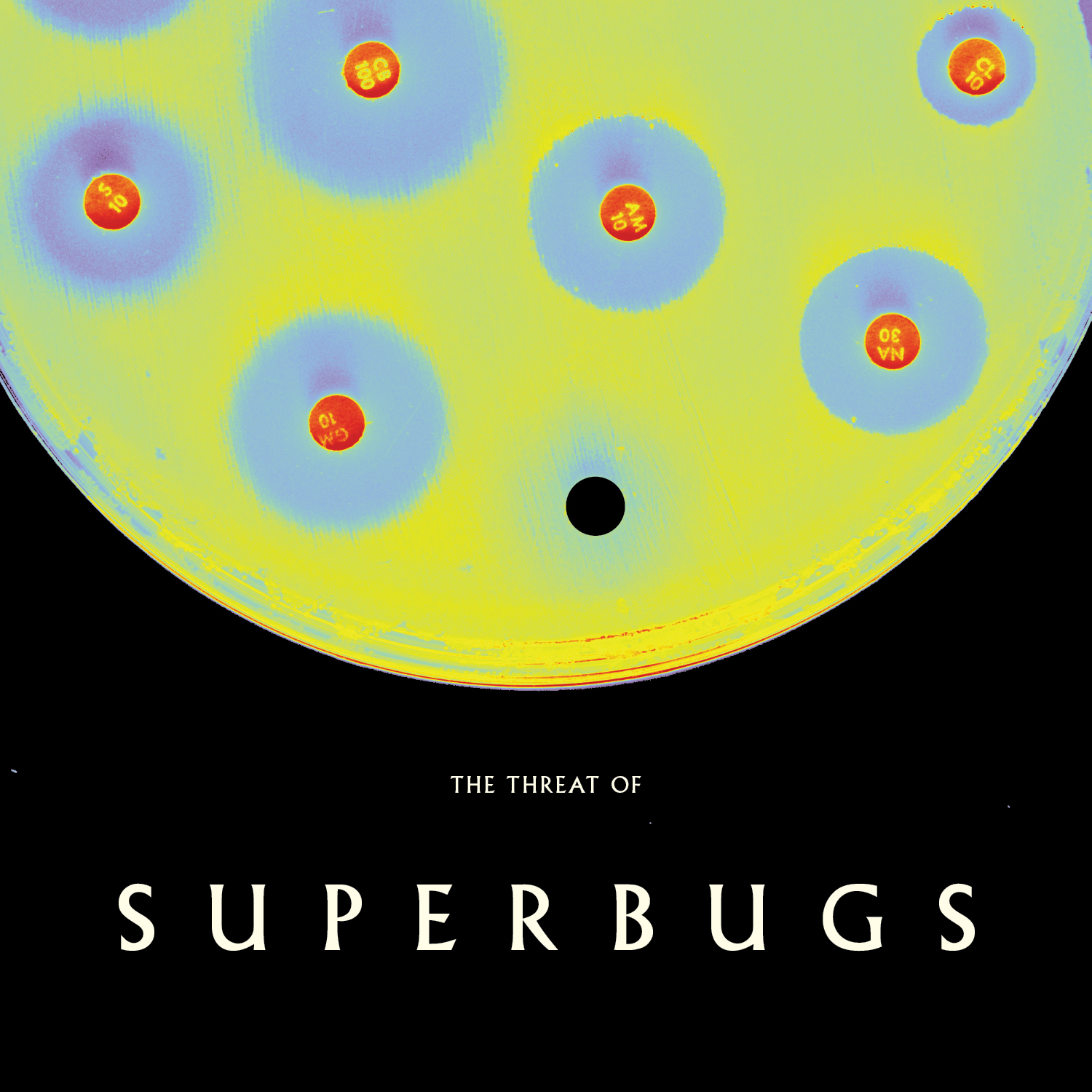The Neuroscience of Addiction at Geek Bar Chicago’s SCIENCE! Tuesday
The use and abuse of substances that change the way we feel is a human tendency documented throughout history. This tendency wasoften explained from viewpoints of spirituality, will-power and morality. Modern science is reshaping this dialogue, bringing the neurobiology of emotion, judgment and reward to this conversation. Dr. T. Celeste Napier will show the contributions that science has made to this topic, discussing such questions as why do people take drugs in the first place? What is the switch in the brain that changes occasional drug use into addiction? Is there a genetic vulnerability to become addicted? What other factors (stress, environment, teen brain) can promote addiction? To what extent is addiction a disease of the brain?
Continue reading “C2ST Speakeasy with Dr. Celeste Napier”

